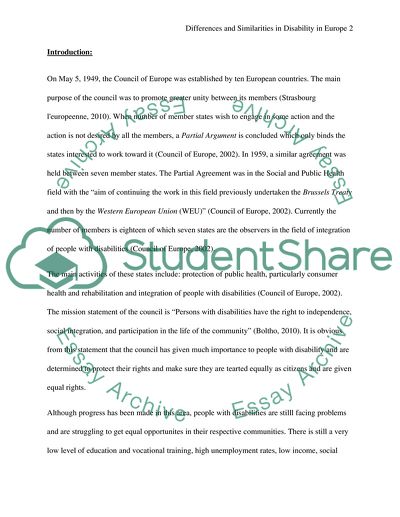Cite this document
(Differences and Similarities in Disability in Europe Article, n.d.)
Differences and Similarities in Disability in Europe Article. Retrieved from https://studentshare.org/social-science/1739569-differences-and-similarities-in-disability-in-england-and-sweeden
Differences and Similarities in Disability in Europe Article. Retrieved from https://studentshare.org/social-science/1739569-differences-and-similarities-in-disability-in-england-and-sweeden
(Differences and Similarities in Disability in Europe Article)
Differences and Similarities in Disability in Europe Article. https://studentshare.org/social-science/1739569-differences-and-similarities-in-disability-in-england-and-sweeden.
Differences and Similarities in Disability in Europe Article. https://studentshare.org/social-science/1739569-differences-and-similarities-in-disability-in-england-and-sweeden.
“Differences and Similarities in Disability in Europe Article”, n.d. https://studentshare.org/social-science/1739569-differences-and-similarities-in-disability-in-england-and-sweeden.


